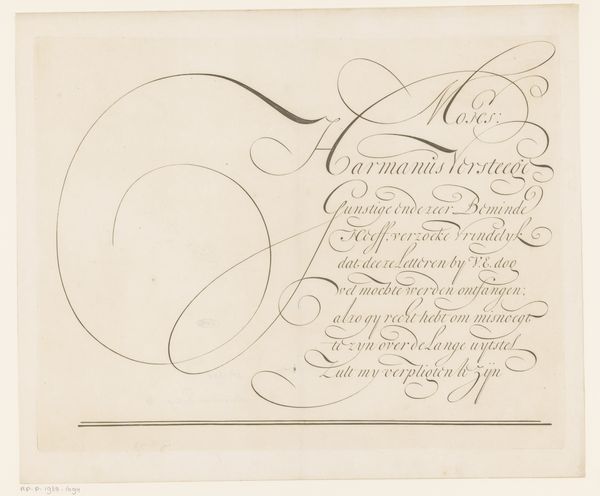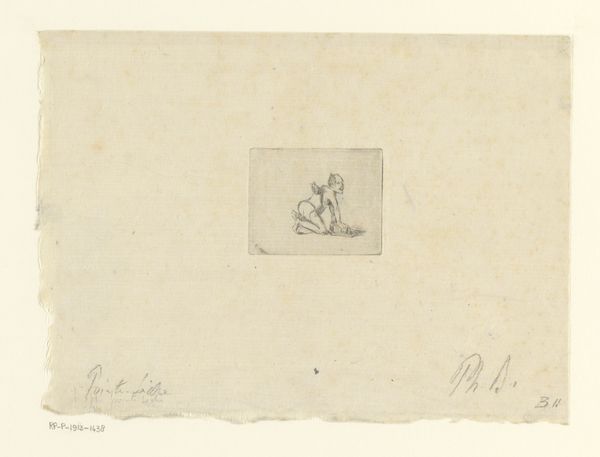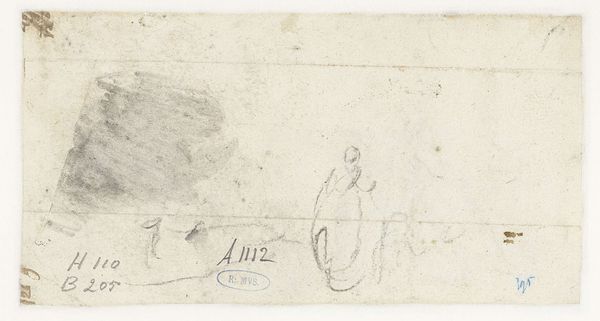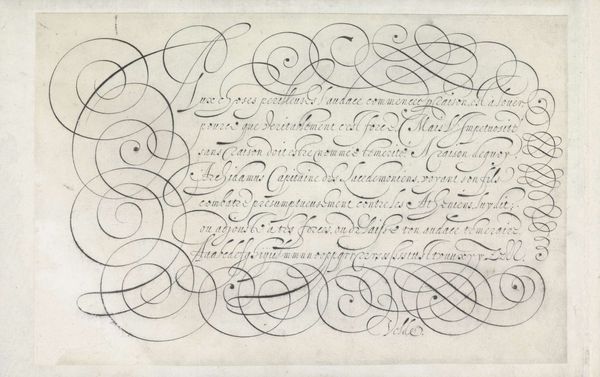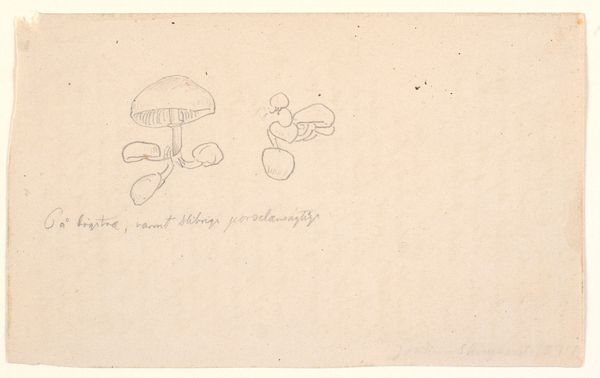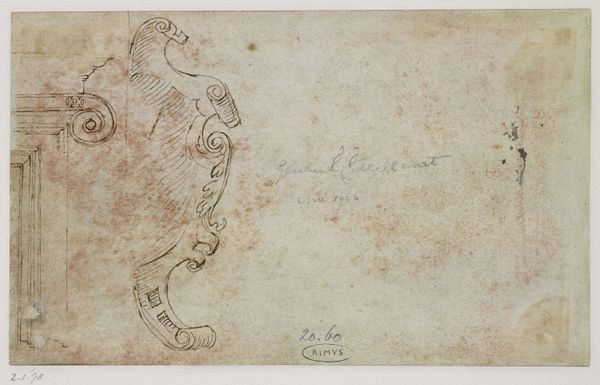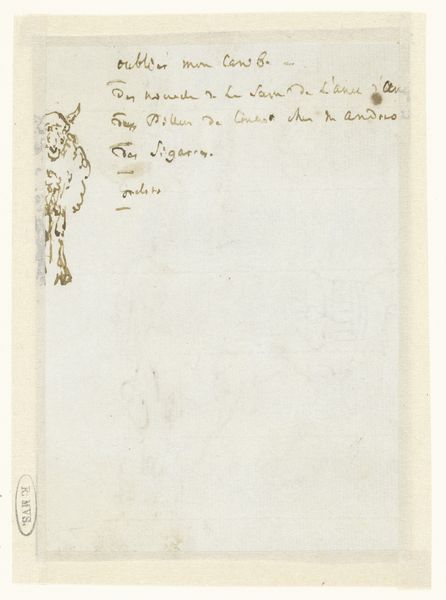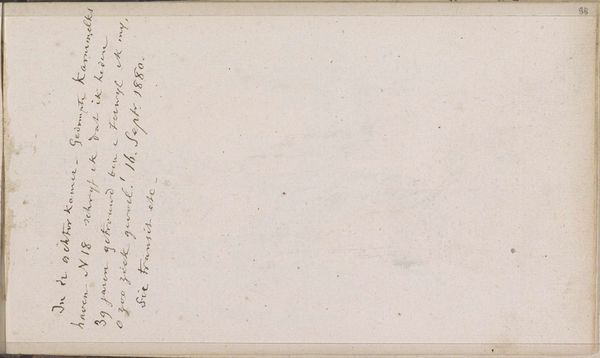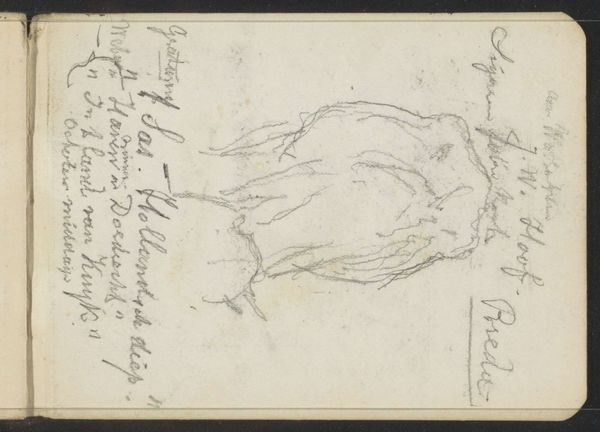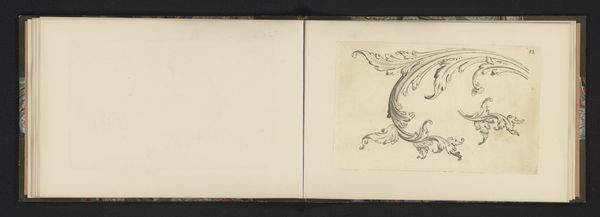
drawing, pencil
#
portrait
#
drawing
#
form
#
pencil
#
line
#
realism
Dimensions: height 660 mm, width 480 mm, height 218 mm, width 425 mm, height 218 mm, width 140 mm
Copyright: Rijks Museum: Open Domain
Editor: Here we have Robert Jacob Gordon’s drawing, "Diceros bicornis (Black rhinoceros)," created around 1778 or 1779. It’s a pencil drawing, focused on the rhino's face. I find the close-up view quite striking, almost comical. What historical perspectives can you offer on this work? Curator: This drawing exemplifies the scientific impulse intertwined with colonial exploration. Gordon was a military man and explorer for the Dutch East India Company. Think about what it meant to depict and document the natural world at that time. It’s not just an objective record. Editor: How so? Curator: Well, who was this being created for? European audiences likely had little to no firsthand experience with rhinoceroses. So, Gordon's drawing plays a role in shaping their understanding, a power dynamic at play between colonizer and the colonized, which included their environment and the representation thereof. How do you see that playing out here? Editor: I see it in the attempt at objective detail, almost like a specimen. Yet, it's also a bit caricatured, making me think about the expectations of European viewers. Is it meant to be accurate or entertaining, or both? Curator: Precisely. And consider the institutional forces at play. This wasn’t destined for a public gallery. These drawings were part of private reports and collections. The public’s view on the animal would be influenced by the selective publishing of images like this. This one emphasizes an "exotic" nature, but also vulnerability through that almost comic depiction. Editor: It makes me reconsider my initial interpretation. I was seeing it just as a quirky drawing, but now it's apparent how loaded its historical context actually is. Curator: Exactly. The power to represent is rarely neutral. This has changed how I appreciate the piece too.
Comments
No comments
Be the first to comment and join the conversation on the ultimate creative platform.
